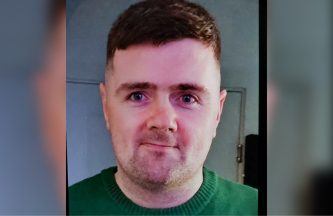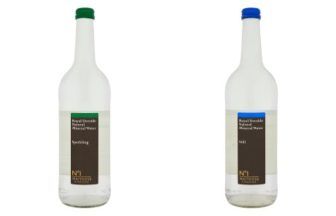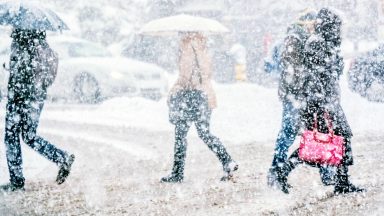The Met Office has issued a sunburn warning to people across the UK, as ‘taps-aff’ weather continues in Scotland.
It comes as temperatures reached 30C in some parts of Scotland in June, with the Met Office officially declaring a heatwave.
Scots have been warned of the importance of ensuring they are protected from increased UV levels, especially in areas that are particularly sunny over the next few days.
This is especially true around midday and afternoon, when the sun is nearing its highest point of the day.
A small amount of UV radiation is essential in the production of vitamin D in our bodies, however too much exposure to the sun can have serious effects on the skin and eyes.
INSIGHT: How long will Scotland’s heatwave last after temperatures hit 30C?
It is important not to be caught out by the sun, so keep covered and wear a hat and sunglasses, spend time in the shade and use a high factor sun cream with good UVA protection to protect yourself.
UV radiation can negatively affect not only your skin, but also your eyes.
READ MORE: How to keep your pet cool and safe as heatwave sweeps across Scotland
Short term, it can damage the eye’s surface tissues as well as the cornea and lens, and burn the surface of the eye much like sunburn on skin.
Long term exposure to UV radiation can be more serious, raising the risk of cataract development, which is the leading cause of blindness in the world.
Skin cancer is one of the most common forms of cancer in the UK, with over 15,400 cases of malignant melanoma (the most serious type of skin cancer) and over 20,000 new cases of non-melanoma skin cancer (the less deadly type of skin cancer) diagnosed each year.
Over the last decade, melanoma skin cancer incidence rates have increased by half (50%) in the UK.
Rates in men have increased by almost two-thirds (64%), and rates in women have increased by almost two-fifths (39%).
Follow STV News on WhatsApp
Scan the QR code on your mobile device for all the latest news from around the country


























